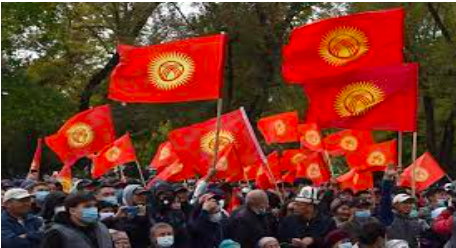Persian Miniature
Posted on : March 16, 2020Author : AGA Admin

A Persian miniature is a richly detailed miniature painting which depicts religious or mythological themes from the region of the Middle East now known as Iran. The art of miniature painting in Persia flourished from the 13th through the 16th centuries, and continues to this day, with several contemporary artists producing notable Persian miniatures. These delicate, lush paintings are typically visually stunning, with a level of detail which can only be achieved with a very fine hand and an extremely small brush. Persian miniature is a small painting, whether a book illustration or a separate work of art intended to be kept in an album of such works. The techniques are broadly comparable to the Western and Byzantine traditions of miniatures in illuminated manuscripts, which probably had an influence on the origins of the Persian tradition. Although there is an equally well-established Persian tradition of wall painting, the survival rate and state of preservation of miniatures is better, and miniatures are much the best-known form of Persian painting in the West. Several features about Persian miniatures stand out. The first is the size and level of detail; many of these paintings are quite small, but they feature rich, complex scenes which can occupy a viewer for hours. Classically, a Persian miniature also features accents in gold and silver leaf, along with a very vivid array of colors. The perspective in a Persian miniature also tends to be very intriguing, with elements overlaid on each other in ways which sometimes feel awkward to people who are accustomed to the look and feel of Western art. Originally, Persian miniatures were commissioned as book illustrations for Persian illuminated manuscripts. Only the wealthiest of patrons could afford these illustrations, with some Persian miniatures taking up to a year to complete. Eventually, people also began collecting these works of art on their own, binding them into separate books. Many of these collections fortunately survive to this day, along with other examples of Persian art such as Iran’s famous pile carpets. The Persian miniature was probably inspired by Chinese art, given the very Chinese themes which appear in some early examples of Persian miniatures. Many of the mythological creatures depicted in early Persian art, for example, bear a striking resemblance to animals in Chinese myth. Over time, however, Persian artists developed their own style and themes, and the concept of the Persian miniature was picked up by neighboring regions.
Miniature painting became a significant Persian form in the 13th century, and the highest point in the tradition was reached in the 15th and 16th centuries. The tradition continued, under some Western influence. The Persian miniature was the dominant influence on other Islamic miniature traditions, principally the Ottoman miniature in Turkey, and the Mogul miniature in the Indian subcontinent. Though at various stages it has been affected by Chinese and Eastern influences, Persian miniature art has developed its own distinctive features. Iran’s miniature artists are recognizable for their emphasis on natural and realist motifs. Also worth noting is the Persian technique of “layering” perspectives to create a sense of space. Content and form are fundamental elements of Persian miniature painting, and miniature artists are renowned for their modest, subtle use of color. The themes of Persian miniature are mostly related to Persian mythology and poetry. Western artists discovered the Persian miniature around the beginning of the 20th century. Persian miniatures use pure geometry and a vivid palette. The allure of Persian miniature painting lies in its absorbing complexities and in the surprising way it speaks to large questions about the nature of art and the perception of its masterpieces.
(Source: http://www.iranreview.org/content/Documents/Persian_Miniature.htm )




